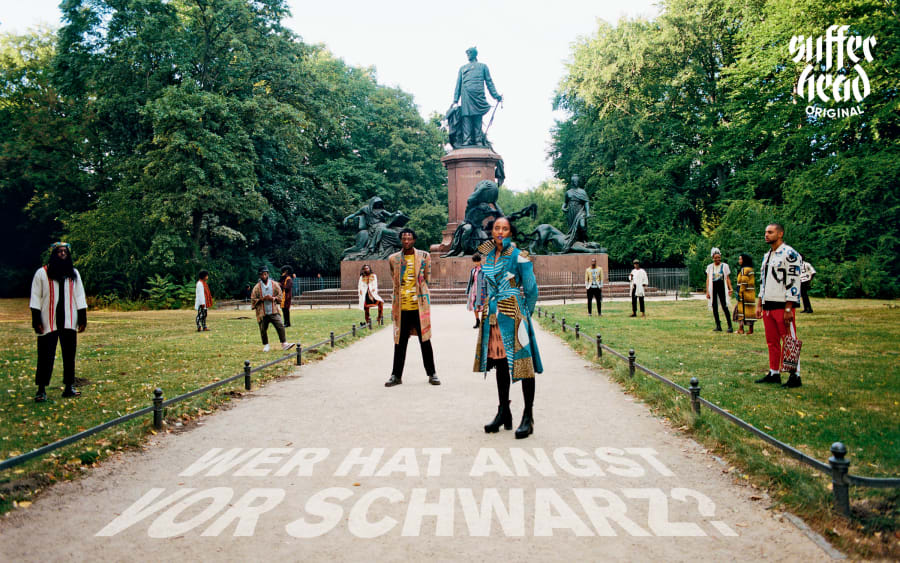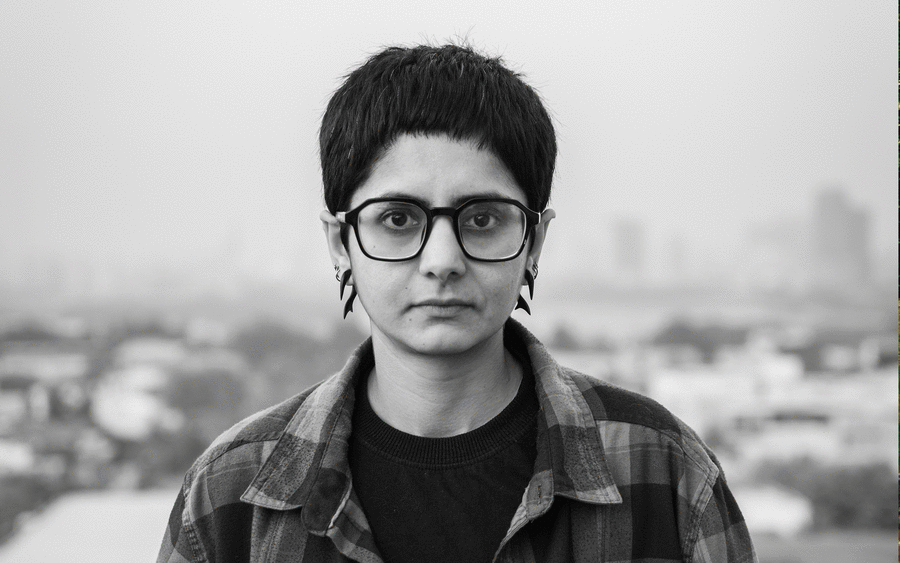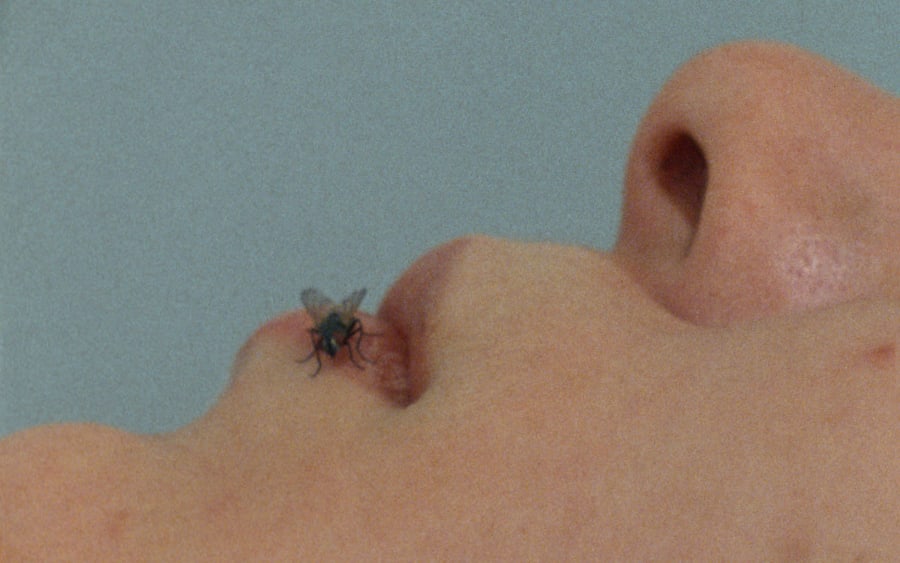Overdue reassessments of an artist’s career and life are nothing new. The discovery of an artist’s indelible, epic, perhaps cinema-worthy, legacy can leave us wondering how it is that we did not know their work before – even more so when that legacy involves two artists and an enduring romance. Such is the story of the visionary textile artists Maryn Varbanov (1932-1989) and his wife and lifelong collaborator Song Huai-Kuei (1937-2006), also known as Madame Song.
Maryn Varbanov came to China from Bulgaria in the early 1950s, as one of the first foreign exchange students to study art and art history at the Central Academy of Fine Arts (CAFA) in Beijing. This might not have seemed so unusual considering that Varbanov came from the People’s Republic of Bulgaria, ruled by the Bulgarian Communist Party, which was still a loyal political satellite of the Soviet bloc during the days of the Cold War and Iron Curtain. Varbanov was, however, a foreigner – a laowai, waiguo ren – and it would be another 25 years before China would usher in an era of reform and opening up under the leadership of Deng Xiaoping.
At the CAFA, Varbanov met his classmate Song Huai-Kuei, who served as his translator and personal minder. Soon, the two began a clandestine affair. As the story goes, Song would style her hair to secretly signal whether or not the couple could meet alone and unchaperoned on a given day. Eventually, as China embarked on an aggressive campaign to purge any and all counter-revolutionary activities, Song took the bold initiative to write a letter to Zhou Enlai, Premier of the People's Republic of China, asking if the couple could marry. She received a reply from Zhou several months later, saying that while there was no law prohibiting her from marrying a foreigner, she was also duly reminded to not abandon her own culture and people. The couple married in 1956 at the academy’s assembly hall with the dean of CAFA presiding over the ceremony. From here, the foundation was laid for a lifetime collaboration.
When Varbanov came to China he was certainly aware of the country’s centuries-old engagement with weaving, working with silk, fine thread, and other fibers such as unspun wool. He also had a deep knowledge of the history and traditions of rug making and tapestry weaving in his homeland, dating back to Hellenic and Slavic antiquity and later to the Ottoman Turks. It was, however, the French artist Jean Lurçat (1892-1966) who had the most significant impact on Varbanov’s development. Lurçat revitalized the art of tapestry making within his circle of early European Modernists, including Matisse and Picasso. Perceived as a utilitarian or decorative craft, Lurçat had higher ambitions for what tapestry could be, and sought to transform and elevate the discipline as a serious art form. As Varbanov wrote, Lurçat freed the weaving loom ‘from the shackles of painting and from the banality of meaningless illustrations.’
Both Varbanov and Song recognized the potential for a radical re-examination of the weaving tradition. In 1958, the couple uprooted and left Beijing by train, moving with their 2-year-old daughter to the Bulgarian capital, Sofia. It is here that Varbanov’s started working on his early experimental ‘soft sculptures’. Varbanov devised experimental and innovative methods that rejected the flat, two-dimensional limitations of the loom and allowed for works that were no longer fixed or confined to the wall. Resembling tree trunks suspended from the ceiling by indiscernible wires and often clustered as installations, Varbanov’s free-hanging column sculptures, created from a type of felt made with goat’s hair, became increasingly important to his practice. In 2023, they were presented alongside Song’s celebrated ‘Butterfly’ works at BANK in Shanghai. Inspired by ‘The Butterfly Dream’ by Zhuangzi, a classical Chinese poem about spiritual transformation and reality versus illusion, relief-like forms made from a range of fibers such as hemp and sisal are notably explicit in their suggestion of female genitalia.
Varbanov and Song were invited to participate in major group exhibitions throughout Europe, racking up prestigious awards and invitations to such events as the 1969 Biennale internationale de la tapisserie, Lausanne. What emerged between both artists was a working relationship in which Varbanov became the principle technical engineer and fabricator of nearly all the works they created, while Song was more conceptually minded, creating preliminary designs and drawings for works in advance of their realization. The couple’s daughter, Boryana, likens their relationship to that of Christo and Jeanne-Claude: ‘My mother somehow inspired ideas which my father then executed and realized based on her designs and renderings.’
Further groundbreaking events for the pair would arrive throughout the 1970s. A major solo exhibition of Varbanov’s work in Sofia led to a residency invitation in Paris at the Cité Internationale des Arts. The family relocated to Paris in 1975, where they lived for the next 8 years. In 1979, they held an important show at the Grand Palais and the following year, they staged another at the FIAC art fair. It was at FIAC that the couple were introduced to the international fashion mogul Pierre Cardin, who immediately became a loyal patron and collector of their work. At the time, Deng Xiaoping’s ‘open door’ policy was just beginning and Cardin was eager to bring his brand to the Chinese market. Song recognized Cardin’s vision, perhaps seeing it as a means toward cultural and economic renewal, and his entry into the artists’ lives marked a pivotal turn for the couple. Agreeing to help Cardin and his enterprise, Varbanov and Song moved back to Beijing in the winter of 1980, and Song worked endlessly to establish Cardin’s global brand. She organized runway shows, and recruited and trained women to serve as models. She also designed and managed Cardin’s elegant restaurant Maxim’s de Paris à Pékin, which opened in downtown Beijing in 1983 and became the go-to place for the international jet-set in China.
Inspiring generations of Chinese artists, designers, producers, and filmmakers, Varbanov and Song were seminal figures of their time. Currently the subject of a major exhibition at Hong Kong’s M+ museum, Song became something of a cultural bellwether and ambassador. She appeared as Empress Dowager Longyu in Bernardo Bertolucci’s 1987 film The Last Emperor, supported the production of runway shows for Gianfranco Ferré and Valentino at the first Chinese International Clothing and Accessories Fair in 1993, and organized the touring exhibition ‘Five Dynasties’, which covered the history of Chinese fashion from the Tang to the Qing dynasties. Varbanov, meanwhile, continued to make his work, preparing drawings and sketches for larger-scale installations. In 1985, the China Academy of Art in Hangzhou approached Varbanov to establish a progressive school for tapestry and fiber art, something which he had wanted to do for nearly 30 years. A year later, he went to Hangzhou to teach at the Institute of Art Tapestry Varbanov, which continues today – a testament to this legendary power couple’s intricately woven legacy.
‘Madame Song: Pioneering Art and Fashion in China’ is on view at M+ in Hong Kong until April 14, 2024).
‘The Threads of Destiny, Maryn Varbanov Works from the 1970s with Song Huai-Kuei’ was on view at BANK/MABSOCIETY, Shanghai, from 11 June –22 July 2023.
Arthur Solway is the author of two collections of poetry and is a contributing editor for The Shanghai Literary Review.
Caption for full-bleed images: 1. Model Ling Tan in a Pierre Cardin evening dress from Song Huai-Kuei’s collection during the shooting of the 2010 short film Beijing Love, directed by John-Paul Pietrus. Photograph by John-Paul Pietrus. Courtesy of Modern Media Group. 2. Song Huai-Kuei with Composition 2001 (1969), a collaborative work with Maryn Varbanov, at the 5th Lausanne International Tapestry Biennial, 1971. Photograph by Marcel Imsand. Courtesy of Photo Elysée.


